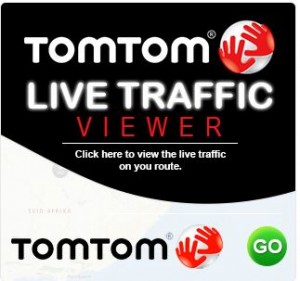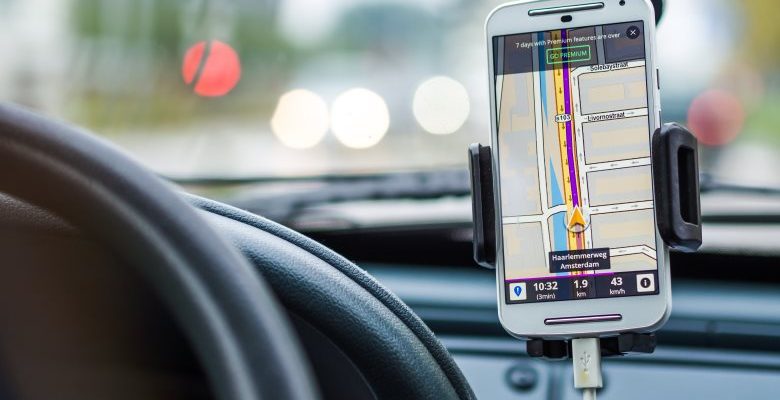 In a recent announcement, TomTom (TOM2) revealed that its complete TomTom connected navigation solution will be available in the new Fiat 500 range in Europe. The embedded system features the freshest TomTom maps, with a superior routing engine and includes five years of TomTom’s live connected suite of services, tapping into the consumer’s need for a car that offers smart navigation solutions, real-time updates and more detailed mapping.
In a recent announcement, TomTom (TOM2) revealed that its complete TomTom connected navigation solution will be available in the new Fiat 500 range in Europe. The embedded system features the freshest TomTom maps, with a superior routing engine and includes five years of TomTom’s live connected suite of services, tapping into the consumer’s need for a car that offers smart navigation solutions, real-time updates and more detailed mapping.
Etienne Louw, General Manager of TomTom Africa, explains the significance, “Up until now, cars have been quite isolated where navigation systems rely on dealing directly with dealerships, and involve DVD or SD card updates that the driver has to initiate. This is both time consuming and inconvenient for drivers. Consumers are craving a service similar to that of a smartphone, where information is instantly updated and easily accessible. This need has pushed the automotive industry to embrace the concept of the connected car more actively.”
According to Louw, TomTom’s view is that navigation systems that are able to provide critical live traffic information, as well as incremental map updates in real time, are a key feature of the connected car. This improves the driver’s experience behind the wheel, because being better informed means that motorists can avoid traffic congestion, adapt their driving behavior and get to their destination faster. “As a world leader in maps and GPS navigation, TomTom has been working constantly for almost 25 years, perfecting its map production and distribution processes. With the use of the new Navigation Data Standard (NDS), we are reducing the time between the moment a road modification/incident is captured, and the moment it is pushed to navigation systems from months to days – even seconds in the case of incidents – and we do so without compromising on map quality. This is what real-time mapping is about.” Louw adds. One recent example was a bridge collapse caused by a flash-flood on the I-10 Interstate highway in Southern California: the road was subsequently closed. This road closure showed up almost in real-time in TomTom’s products, which allowed connected drivers to immediately use alternative routes.
Creating a fully connected car is also an important step in achieving a completely automated car that drives itself. While the industry is still a long way off from this capability, TomTom recently concluded a partnership agreement with Bosch to develop Advanced Driver Assistance Systems (ADAS) that use highly accurate map data to inform drivers about the road ahead. As an example, a car can warn a driver if he is approaching a turn too fast or if he is unintentionally moving out of his lane. These types of features pave the way for Highly Automated Driving (HAD). Some examples of this include Mercedes trucks that are able to drive themselves along certain stretches of highway. More Recently, Audi made driving history when they had a connected concept car successfully drive itself from San Francisco to Las Vegas using high precision TomTom Maps.
Louw concludes, “Anyone can build a basic map and put it on a smartphone, but producing the high-resolution, three-dimensional map data that the automotive industry requires, can only be done by professional navigation companies that collect data not only from aerial and satellite imagery, but also from millions of probes and extensive field surveys. In South Africa as well, cars are getting more and more technologically advanced, with features such as lane assist or adaptive cruise controls becoming standard. TomTom Africa is preparing for that future by already producing high-precision maps of Southern Africa, where clients are welcome to use them for their own applications.”

